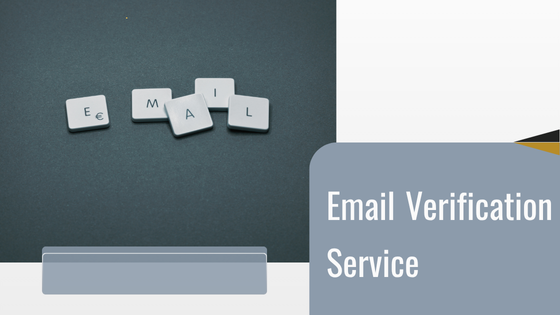Email marketing has evolved far beyond the days of generic newsletters sent to massive lists. Today, success depends on delivering the right message to the right person at the right time. Personalization and segmentation are the engines that drive this precision, but they can only function effectively if the underlying data is accurate. This is where email verification plays a critical role. By ensuring that your lists are clean and reliable, verification empowers marketers to create hyper-personalized campaigns that resonate with audiences and deliver measurable results.
The Foundation of Personalization
Personalization begins with data. Marketers rely on subscriber information—names, demographics, purchase history, and engagement patterns—to craft messages tailored to individual preferences. But if the email address itself is invalid, inactive, or riddled with errors, the entire personalization effort collapses.
Imagine a campaign designed to recommend products based on past purchases. If a portion of the list contains fake or mistyped addresses, those messages never reach their intended recipients. Not only does this waste resources, but it also skews performance metrics, making it difficult to measure the true impact of personalization. Verification ensures that every address in your database belongs to a real, reachable person, providing a solid foundation for meaningful personalization.
Segmentation That Actually Works
Segmentation is the practice of dividing your audience into smaller groups based on shared characteristics, such as location, behavior, or interests. The goal is to deliver content that feels relevant to each segment. But segmentation is only as strong as the data behind it. If your list is cluttered with invalid or outdated addresses, your segments become unreliable.
For example, a travel company might want to target subscribers in specific regions with tailored offers. Without verification, the list may include addresses tied to inactive accounts or incorrect domains, leading to wasted sends and distorted engagement data. By cleaning the list, verification ensures that each segment reflects real, active subscribers, allowing marketers to deliver campaigns that truly align with audience needs.
Driving Hyper-Personalized Campaigns
Hyper-personalization takes segmentation a step further by using real-time data and predictive analytics to deliver highly individualized experiences. This could mean sending product recommendations based on browsing behavior, or adjusting email frequency based on engagement patterns. But hyper-personalization requires absolute confidence in the accuracy of your data.
Verification eliminates the noise of invalid or disposable addresses, allowing marketers to focus on subscribers who are genuinely engaged. With a clean list, advanced personalization tools can operate at full capacity, creating campaigns that feel less like marketing and more like one-to-one conversations. The result is higher open rates, stronger click-through rates, and ultimately, more conversions.

The Financial Impact of Clean Data
Beyond improving personalization and segmentation, verification has a direct financial impact. Every email sent to an invalid address represents wasted spend—whether in platform fees, bandwidth, or creative resources. More importantly, poor list hygiene can damage sender reputation, reducing deliverability across the board. This means even valid subscribers may stop seeing your emails, undermining the effectiveness of personalization efforts.
By investing in verification, businesses ensure that their personalization strategies are not only effective but also cost-efficient. Clean data maximizes the return on investment for every campaign, turning personalization from a buzzword into a measurable driver of revenue.
Verify550: The Best Email Verification Service for Precision Marketing
When it comes to unlocking the full potential of personalization and segmentation, not every email verification service delivers the same level of accuracy. Verify550 email verification service has earned its reputation as the best because it goes beyond basic list cleaning. It validates syntax, domains, and mailboxes, while also detecting risky addresses such as disposables, spam traps, and role-based accounts. This precision ensures that personalization efforts are built on reliable, high-quality data.
Building Trust Through Relevance
At its core, personalization is about building trust. When subscribers receive messages that reflect their interests and needs, they feel understood and valued. But irrelevant or mistargeted campaigns can have the opposite effect, leading to unsubscribes or spam complaints. Verification supports trust-building by ensuring that personalization efforts are based on accurate, reliable data.
When every email reaches a real person and delivers content that resonates, the relationship between brand and subscriber strengthens. Over time, this trust translates into loyalty, repeat purchases, and advocacy—outcomes that no amount of generic marketing can achieve.
Conclusion
Email verification is often seen as a technical safeguard, but its true value lies in how it empowers personalization and segmentation. Clean data enables marketers to create campaigns that are not only more efficient but also more meaningful. By ensuring that every address belongs to a real, active subscriber, verification lays the groundwork for hyper-personalized experiences that drive engagement, conversions, and long-term loyalty.
In a digital landscape where inboxes are crowded and attention is scarce, personalization is the key to standing out. And personalization, in turn, depends on verification. With tools like Verify550, businesses can transform their email marketing from generic outreach into a finely tuned strategy that speaks directly to the people who matter most.



